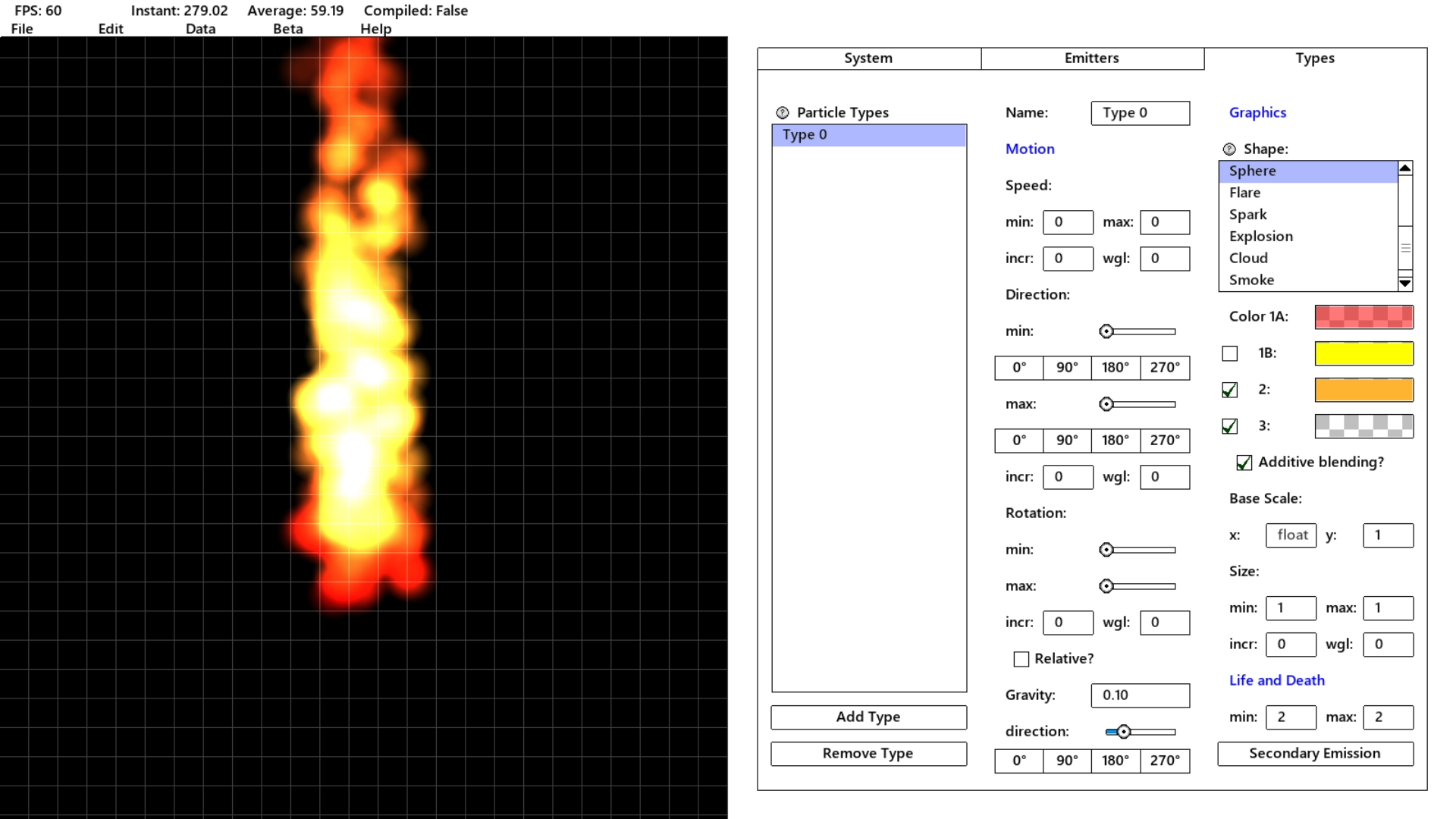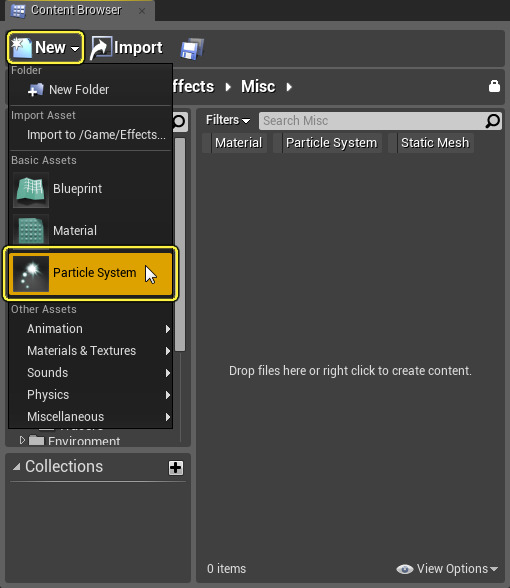

- How to use particle designer for game maker update#
- How to use particle designer for game maker full#
How to use particle designer for game maker full#
Conversely, in motion graphics particles tend to be full but small-scale and easy-to-render 3D models, to ensure fidelity even at high resolution. However, this is sometimes not necessary for games a particle may be rendered as a single pixel in small resolution/limited processing power environments. a quadrilateral that is always facing the viewer).
How to use particle designer for game maker update#
Collisions between particles are rarely used, as they are computationally expensive and not visually relevant for most simulations.Īfter the update is complete, each particle is rendered, usually in the form of a textured billboarded quad (i.e. It is common to perform collision detection between particles and specified 3D objects in the scene to make the particles bounce off of or otherwise interact with obstacles in the environment. Otherwise, the particles' position and other characteristics are advanced based on a physical simulation, which can be as simple as translating their current position, or as complicated as performing physically accurate trajectory calculations which take into account external forces (gravity, friction, wind, etc.). At each update, all existing particles are checked to see if they have exceeded their lifetime, in which case they are removed from the simulation. velocity, color, etc.) is initialized according to the emitter's parameters. When using a mesh object as an emitter, the initial velocity vector is often set to be normal to the individual face(s) of the object, making the particles appear to "spray" directly from each face but optional.Ī typical particle system's update loop (which is performed for each frame of animation) can be separated into two distinct stages, the parameter update/simulation stage and the rendering stage.ĭuring the simulation stage, the number of new particles that must be created is calculated based on spawning rates and the interval between updates, and each of them is spawned in a specific position in 3D space based on the emitter's position and the spawning area specified.

the average particle's lifetime might be 50 frames ☒0%). It is common for all or most of these parameters to be "fuzzy" - instead of a precise numeric value, the artist specifies a central value and the degree of randomness allowable on either side of the center (i.e. These parameters can include the spawning rate (how many particles are generated per unit of time), the particles' initial velocity vector (the direction they are emitted upon creation), particle lifetime (the length of time each individual particle exists before disappearing), particle color, and many more. The emitter has attached to it a set of particle behavior parameters. A regular 3D mesh object, such as a cube or a plane, can be used as an emitter. The emitter acts as the source of the particles, and its location in 3D space determines where they are generated and where they move to. Typically a particle system's position and motion in 3D space are controlled by what is referred to as an emitter. Particle systems may be two-dimensional or three-dimensional.ĭynamic Simulation of Air Particles (Bifröst)

Another technique can be used for things that contain many strands – such as fur, hair, and grass – involving rendering an entire particle's lifetime at once, which can then be drawn and manipulated as a single strand of the material in question. – these use particles that fade out quickly and are then re-emitted from the effect's source. Introduced in the 1982 film Star Trek II: The Wrath of Khan for the fictional "Genesis effect", other examples include replicating the phenomena of fire, explosions, smoke, moving water (such as a waterfall), sparks, falling leaves, rock falls, clouds, fog, snow, dust, meteor tails, stars and galaxies, or abstract visual effects like glowing trails, magic spells, etc. A particle system used to simulate a bomb explosion, created in particleIllusion.Ī particle system is a technique in game physics, motion graphics, and computer graphics that uses many minute sprites, 3D models, or other graphic objects to simulate certain kinds of "fuzzy" phenomena, which are otherwise very hard to reproduce with conventional rendering techniques – usually highly chaotic systems, natural phenomena, or processes caused by chemical reactions.


 0 kommentar(er)
0 kommentar(er)
